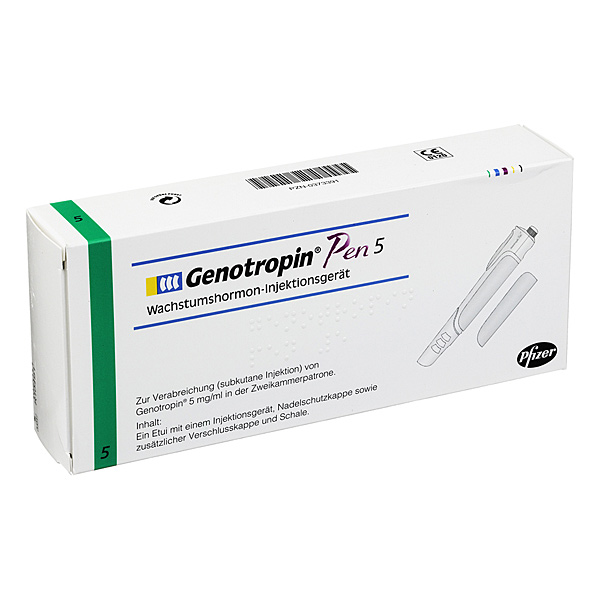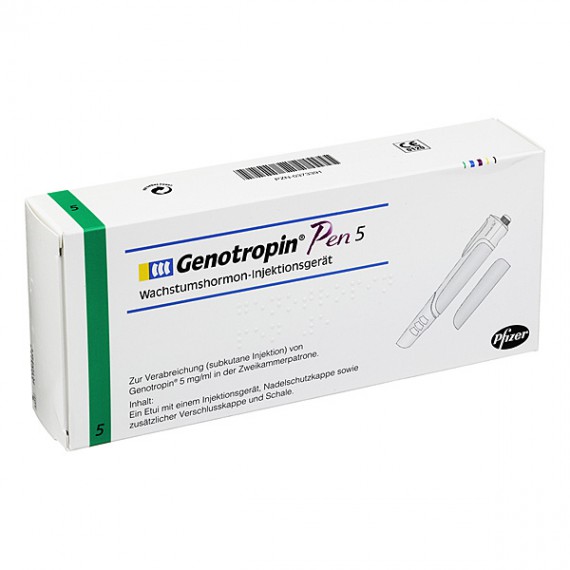
Q: “For a healing cycle, should I combine a growth-hormone releasing peptide (GHRP) with hGH?”
A: Usually, no. The exception would be if your preference is for high-dose GH use and you personally can tolerate such doses, which most cannot.
A GHRP, for example GHRP-6 at 150-200 mcg 3x/day, often already provides about as much GH to the system as most can take before adverse side effects occur, such as neuropathy.
The specific type of neuropathy I mean is nerve compression caused by growth of cartilage at points where the nerve traverses a small passage. One example is carpal tunnel syndrome, but there are a number of points where such nerve compression can occur. For example, personally from only about 4 weeks of GH at 4 IU per day, I experienced nerve compression of the lumbar plexus which took months to resolve. Because of that discovery of my personal limit, since then I’ve never used more than about 21 IU total per week.
One really doesn’t want GH levels to be pushed beyond personal tolerance for any extended period of time.
So, when greatly increasing the body’s own GH production with a GHRP, GH itself cannot be used in the same amounts as might be used without the GHRP. Depending on the person, it may not be possible to use it at all without passing one’s personal threshold of tolerance.
For this reason, if injecting a significant amount of GH, most would need to reduce their GHRP dose to keep GH levels under their personal threshold. They’d be achieving the same GH levels, but lower GHRP levels.
And the GHRP itself can be beneficial to healing.
So it’s better to simply rely on the GHRP.
If, however, one is individually able to add some amount of GH to the above dosage level of a GHRP, then that’s fine. In many cases it’s possible to add 1-2 IU/day, but usually not more than that.

About the author
Bill Roberts is an internationally-recognized expert on anabolic steroids and performance-enhancing drugs (PEDs). He received a bachelor degree in Microbiology and Cell Science and completed the educational and research requirements for a PhD in Medicinal Chemistry at a major American university.
Bill entered the nutritional supplement industry prior to completing his doctoral thesis but his education was invaluable so far as being able to design/improve nutritional supplement compounds, since it was in the field of designing drug molecules and secondarily some work in transdermal delivery.
His education was not specifically "geared" toward anabolic steroids other than expertise with pharmacological principles having broad applications. This has allowed Bill to provide unique insight into the field of anabolic pharmacology with knowledge of points which he would not have known otherwise.
Leave a Reply
You must be logged in to post a comment.